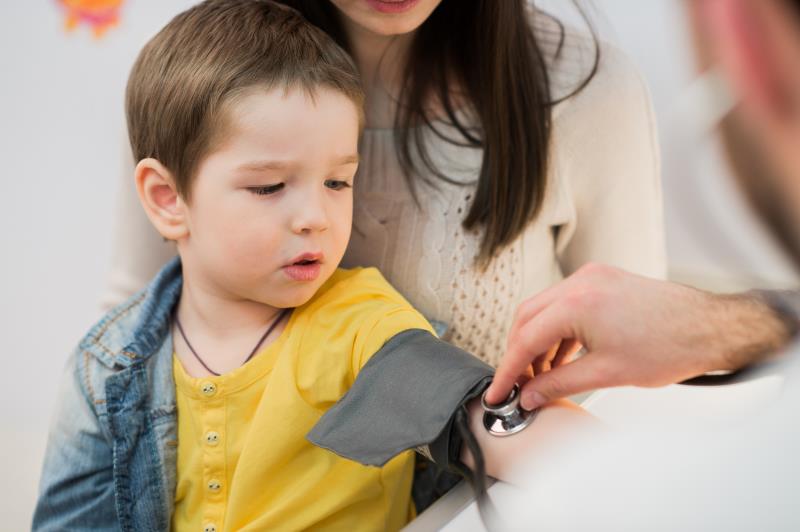
Heart rate (HR) and HR difference (HRD) during the head-up tilt test (HUTT) are effective predictors of metoprolol efficacy in children and adolescents with postural tachycardia syndrome (POTS), a new study reports.
Researchers conducted a retrospective cohort study on 53 POTS patients (mean age, 11.79±1.50 years; 27 males) who were taking metoprolol medication. Participants underwent the HUTT, during which HR was measured at baseline, and at 5 and 10 minutes, and differences were calculated with respect to the baseline value. A control group with 52 participants was also included.
HR at 5 and 10 minutes were both significantly elevated in the POTS patients than in controls (p<0.01 for both), as were the HRDs at 5 and 10 minutes, relative to baseline (p<0.01 for both). Baseline HR values were comparable between groups (p=0.735).
Fifty-three participants had available follow-up data. After an average of 96 days, all POTS patients showed improvements, such that the symptom score at follow-up was significantly lower than at baseline (p=0.000).
HR at 5 minutes showed good predictive power for the efficacy of metoprolol for improving symptoms in POTS patients, with an area under the curve (AUC) value of 0.794. At a cutoff of HR ≥110 beats per minute, sensitivity and specificity were 82.5 percent and 69.23 percent, respectively.
HR at 12 minutes was likewise a good indicator, with AUC, sensitivity, and specificity values of 0.802, 84.62 percent, and 69.70 percent, respectively. The optimal cutoff for HR at 10 minutes was ≥112 beats per minute. HRD at 5 and 10 minutes also emerged as valuable predictors of the efficacy of metoprolol in POTS patients.